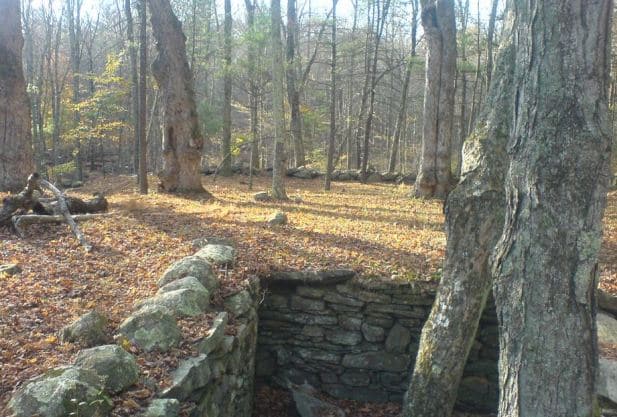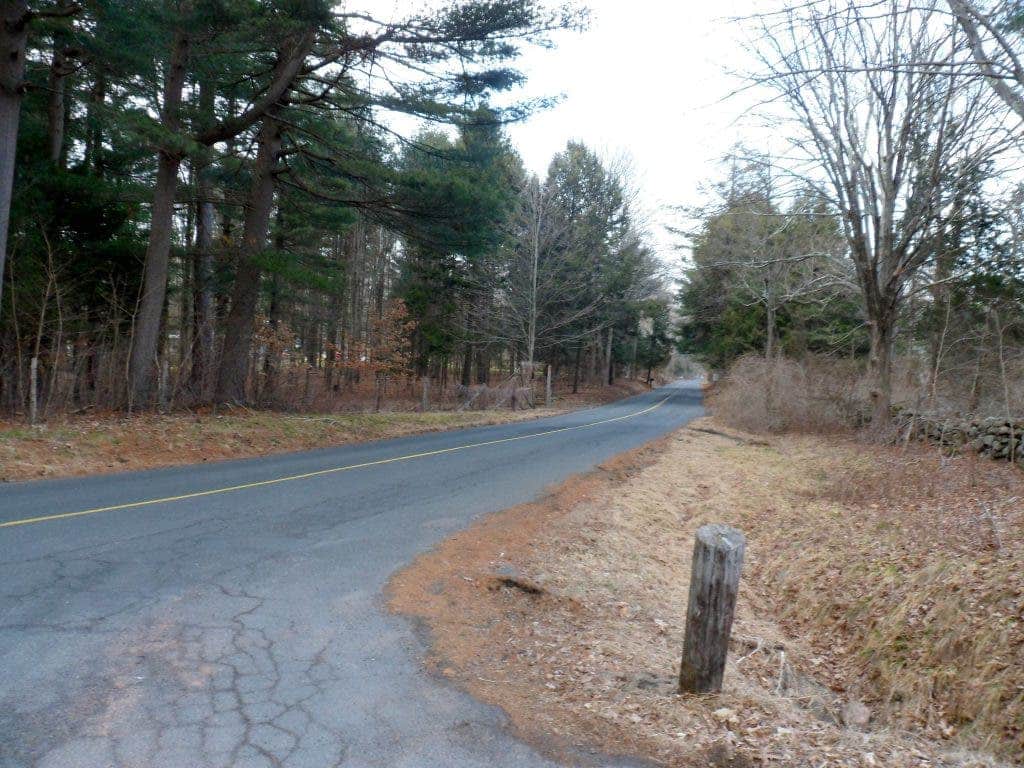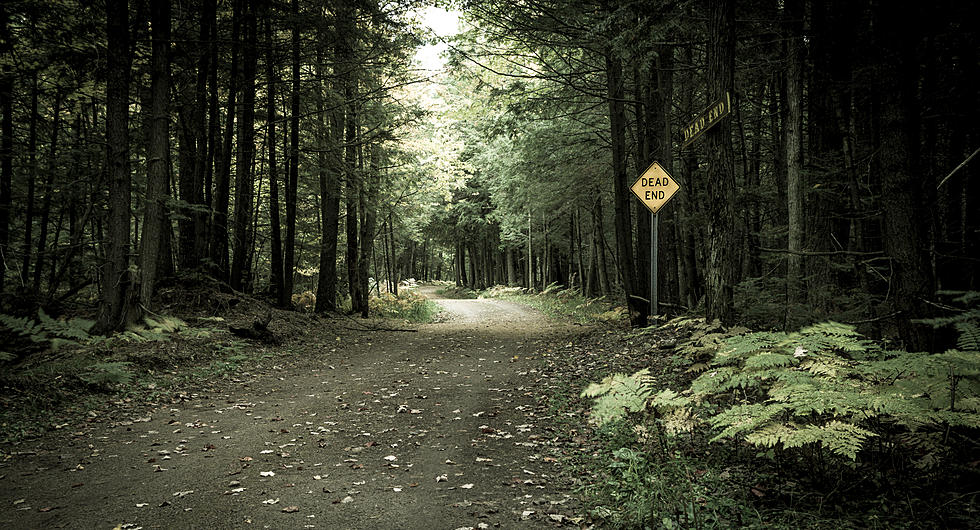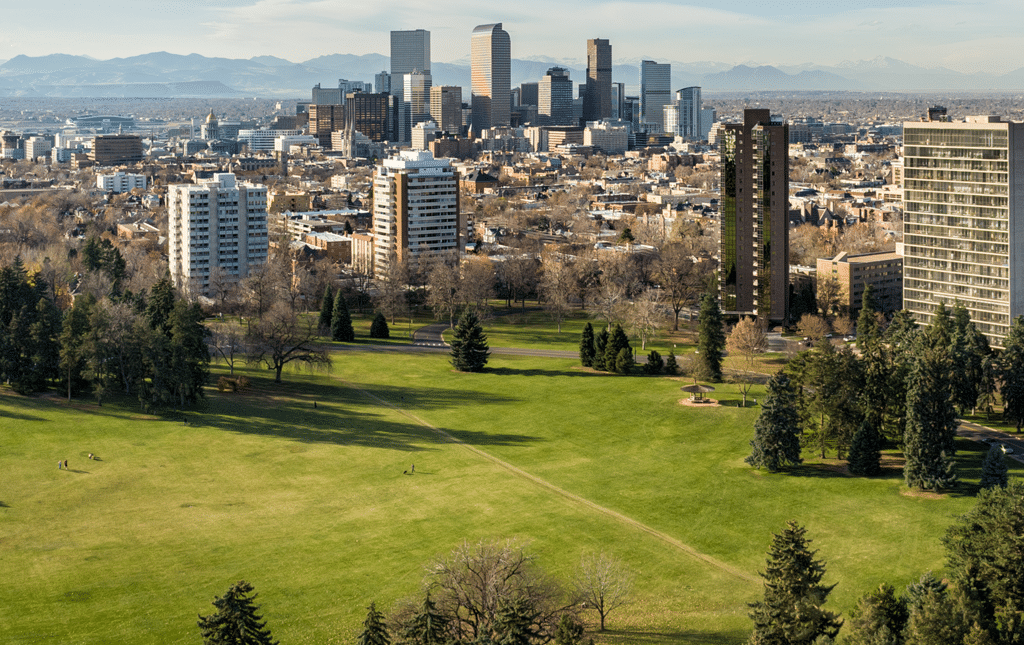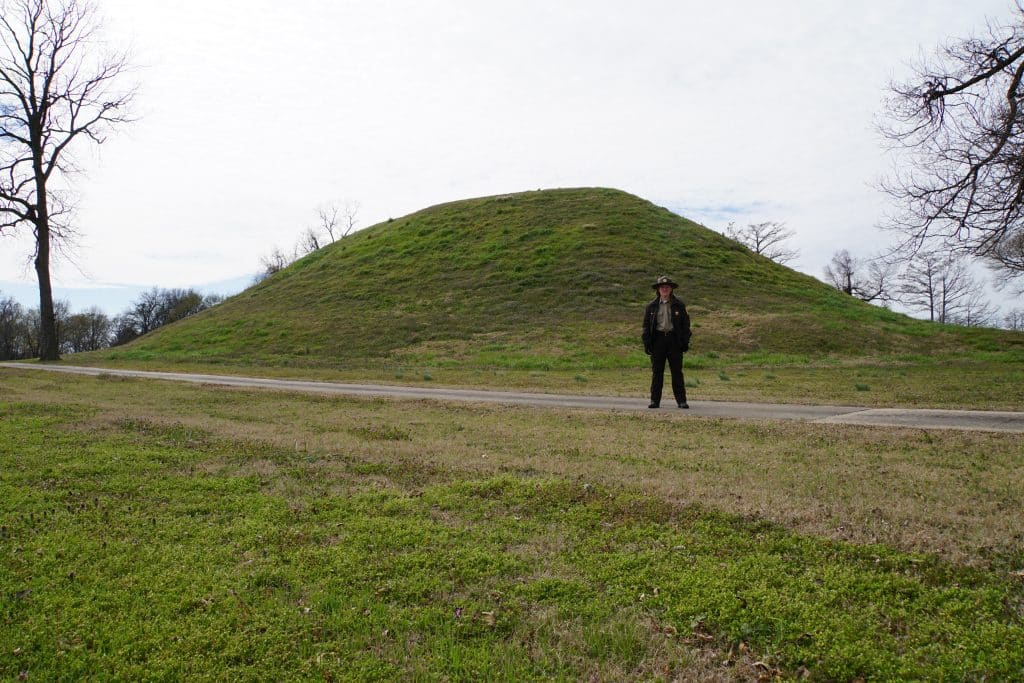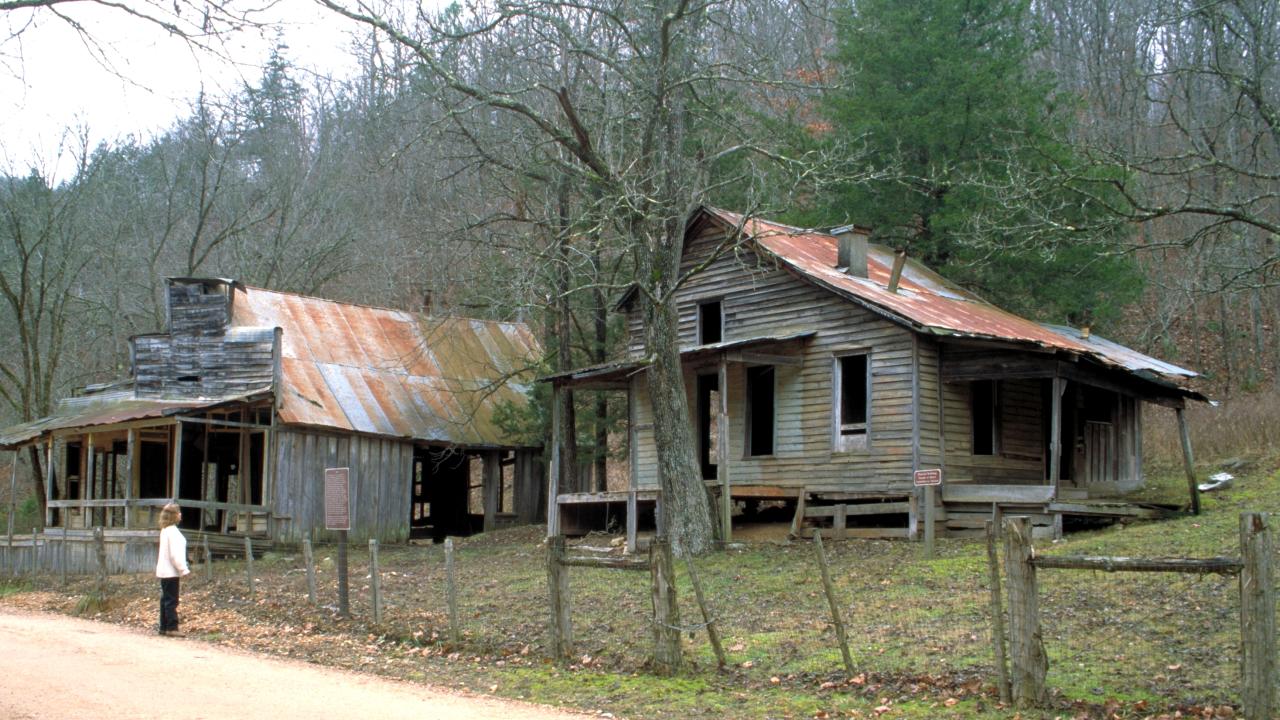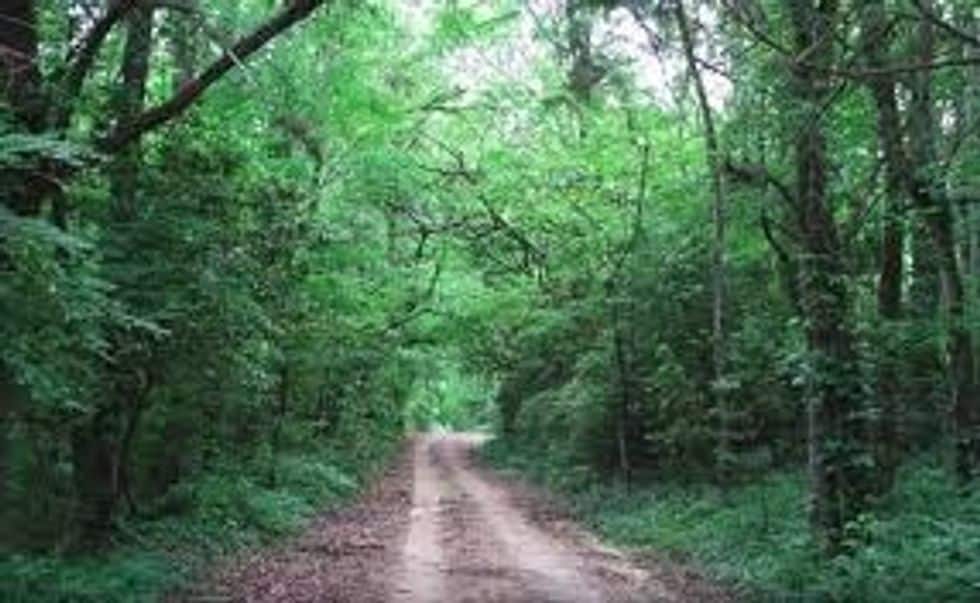Understanding the Paranormal
Before we delve into the lore and legends surrounding haunted forests, it is essential to establish a basic understanding of the paranormal. What exactly defines something as “haunted”? The term itself often refers to places believed to be inhabited by spirits or ghosts. These entities are said to be the remnants of deceased individuals who, for various reasons, have chosen to remain on Earth rather than passing on to the afterlife.
While skepticism exists regarding the existence of ghosts, numerous accounts from eyewitnesses and paranormal investigators have lent credibility to the idea of their presence in certain locations. This has sparked scientific interest in studying the supernatural, leading us to explore the science behind these mysterious phenomena.
One fascinating aspect of the paranormal is the concept of residual hauntings. These occur when the energy of a traumatic event becomes imprinted on a location, causing it to replay like a ghostly recording. Imagine walking through a haunted forest and suddenly witnessing a scene from the past, as if you have been transported back in time. These residual hauntings provide a glimpse into history and offer a unique perspective on the interconnectedness of time and space.
Defining ‘Haunted’
When it comes to haunted forests, the term “haunted” can encompass a range of experiences and occurrences. Some believe that these forests serve as portals between our world and the spirit realm, facilitating communication with the deceased. Others view haunted forests as places where supernatural energy is concentrated, leading to heightened activity and unexplained phenomena.
It is worth noting that not all haunted forests exhibit the same characteristics. Some may be home to specific entities or have a well-documented history of paranormal encounters. Others may simply be associated with a general sense of unease and unexplained occurrences. Regardless of the specific nature of their haunting, these forests continue to captivate the imagination of believers and skeptics alike.
One famous haunted forest that has intrigued paranormal enthusiasts for centuries is Aokigahara, also known as the “Suicide Forest” in Japan. This dense woodland has gained a reputation as a place of intense spiritual activity, with reports of ghostly apparitions and eerie sounds echoing through the trees. The tragic history of Aokigahara, coupled with its secluded and foreboding atmosphere, makes it a magnet for those seeking a brush with the supernatural.
The Science of the Supernatural
While the paranormal may seem inherently mystical, scientific explanations can shed light on some of the phenomena associated with haunted forests. For instance, changes in electromagnetic fields have been linked to feelings of unease and ghostly sightings. These fluctuations can result from natural sources such as geological formations, underground water sources, or even solar activity.
Furthermore, infrasound, which refers to sounds that fall below the threshold of human hearing, has been shown to evoke feelings of fear and anxiety. In haunted forests, the rustling of leaves and the creaking of trees can generate subtle vibrations that contribute to an eerie atmosphere.
Another scientific perspective on haunted forests involves the concept of pareidolia. This psychological phenomenon occurs when our brains perceive meaningful patterns or faces in random stimuli, such as tree bark or shadows. In the dim light and dense foliage of a haunted forest, our minds may play tricks on us, creating the illusion of ghostly figures lurking among the trees.
Moreover, the power of suggestion and the human tendency to seek patterns and meaning in the unknown can greatly influence our perception of the supernatural. When exploring a haunted forest, our minds may be primed to interpret every rustle or flicker of light as evidence of a ghostly presence, even if there is a rational explanation for what we are experiencing.
As our understanding of the paranormal continues to evolve, it is important to approach haunted forests with an open mind and a healthy dose of skepticism. Exploring the mysteries of these enigmatic locations can provide a fascinating glimpse into the human psyche and our enduring fascination with the unknown.
The Lore of Haunted Forests
Haunted forests have long been steeped in folklore and mythology, their mysteries passed down through the generations. These tales are often rooted in the rich history and cultural fabric of the regions in which they are located. Let’s explore some of the fascinating legends associated with haunted forests worldwide.
Folklore and Mythology
From ancient times, forests have been the backdrop for countless folktales and legends. In many cultures, they are seen as places of power, inhabited by supernatural beings and spirits. For example, in Celtic mythology, the forest is believed to be the domain of otherworldly creatures such as fairies and spirits known as ‘eiternes.’ These entities are said to dwell within the trees and protect the natural balance of the forest.
Similarly, in Native American folklore, forests are often portrayed as places inhabited by spirits and the spirits of animals. These creatures are seen as guardians of the land and are believed to possess wisdom and the ability to communicate with humans.
Urban Legends and Modern Tales
With the advent of modern communication and media, urban legends regarding haunted forests have proliferated. These stories often center around specific locations within the forests, with chilling encounters and unexplained events adding to their allure.
One such urban legend is the tale of Japan’s Aokigahara Forest, known as the “Sea of Trees” or the “Suicide Forest.” This dense woodland at the base of Mt. Fuji has gained notoriety as a site associated with high suicide rates. The haunting atmosphere of the forest, coupled with the tragic stories of those who have taken their lives within its depths, has made Aokigahara a subject of morbid fascination.
In Romania, the Hoia Baciu Forest has attained a reputation as the “Bermuda Triangle of Transylvania.” Visitors to this forest have reported experiencing bizarre phenomena such as unexplained light anomalies, electronic interference, and even physical ailments. Local legends and tales of UFO sightings have solidified Hoia Baciu’s status as one of the world’s most haunted forests.
Meanwhile, Germany’s Black Forest is not only known for its stunning beauty but also for the numerous legends and stories surrounding it. Tales of witches, werewolves, and other supernatural creatures have been woven into the fabric of Black Forest folklore, adding an air of mystique to this enchanting woodland.
Notable Haunted Forests Around the World
While haunted forests can be found in numerous locations globally, some stand out for their unique histories and reported paranormal activity. Let’s explore a few of the most notable haunted forests around the world.
Aokigahara Forest, Japan
As mentioned earlier, Aokigahara Forest has gained infamy due to its association with suicides. The dense foliage, combined with the eerie silence that pervades the forest, creates an atmosphere of darkness and despair. Numerous stories of apparitions, voices, and inexplicable phenomena have cemented Aokigahara’s reputation as a hauntingly mysterious location.
Hoia Baciu Forest, Romania
Hoia Baciu Forest is no stranger to tales of the bizarre and unexplained. Visitors have frequently reported encountering strange lights and sensations, often accompanied by feelings of unease or panic. The forest’s tangled vegetation and twisted trees only add to the sense of otherworldliness, making it a hotspot for paranormal enthusiasts and thrill-seekers.
Black Forest, Germany
While the Black Forest is famed for its picturesque landscapes and rich cultural heritage, it is also steeped in supernatural lore. Legends abound, featuring witches, werewolves, and various mythological creatures. The dense foliage and hidden pathways create an enchanting backdrop for these tales, captivating the imaginations of all who venture into its depths.
The Psychology Behind Fear and Forests
What is it about forests that evoke such a primal fear within us? The answer may lie in our psychological makeup and the way our brains process external stimuli.
Fear of the Unknown
One of the primary reasons forests hold such power over our imaginations is our innate fear of the unknown. The dense vegetation, limited visibility, and unfamiliar sounds can trigger a heightened sense of alertness and vigilance. Our minds may conjure up images of lurking dangers or unseen predators, even in the absence of any concrete threat.
Furthermore, the concept of the uncanny, or the unfamiliar mingled with the familiar, can create a sense of unease. In the dimly lit and unpredictable environment of a forest, this feeling of the uncanny can be amplified, leading to heightened anxiety and a heightened receptiveness to perceived paranormal occurrences.
The Power of Suggestion
Human beings are social creatures, heavily influenced by the thoughts and experiences of those around us. This susceptibility to suggestion can play a significant role in our perception of haunted forests. If we enter such a forest armed with stories and legends of supernatural encounters, our minds may be primed to interpret mundane events as paranormal phenomena.
This power of suggestion is further reinforced by the psychological concept of confirmation bias, where individuals are more likely to notice and remember information that confirms their preexisting beliefs. In the context of haunted forests, this can contribute to a self-perpetuating cycle of ghostly encounters and reinforced beliefs.
Ghost Hunting in Haunted Forests
For the brave souls who seek to directly engage with the supernatural, ghost hunting in haunted forests can provide an exhilarating and often unnerving experience. However, it is essential to approach these endeavors with caution, employing the proper equipment and adhering to strict safety guidelines.
Essential Equipment for Ghost Hunters
When venturing into haunted forests, ghost hunters equip themselves with a range of tools designed to detect and capture evidence of paranormal activity. These include electromagnetic field (EMF) detectors, which help locate areas of elevated energy, and digital voice recorders, used to capture electronic voice phenomena (EVP). Infrared cameras and full-spectrum cameras are also used to capture any visual anomalies that may occur during investigations.
Safety Measures and Ethical Considerations
While the allure of ghost hunting in haunted forests can be irresistible, it is vital to prioritize safety and ethics. Ghost hunters should always obtain explicit permission to access private property, ensuring they respect the boundaries and wishes of landowners. Additionally, individuals partaking in ghost hunts should be mindful of their personal well-being, taking precautions such as wearing appropriate attire and informing others of their whereabouts.
Furthermore, it is essential to approach any evidence collected with skepticism, subjecting it to rigorous analysis and scrutiny. It is through a balanced and scientific approach that we can separate fact from fiction and gain a deeper understanding of the supernatural world.
Conclusion
Haunted forests continue to captivate the human imagination, offering a glimpse into the realm of the unknown. Whether steeped in centuries-old folklore or modern urban legends, these enigmatic landscapes beckon to the curious and the brave. While the mysteries of haunted forests may never be fully explained, their stories and legends will undoubtedly continue to fascinate and intrigue for generations to come.
